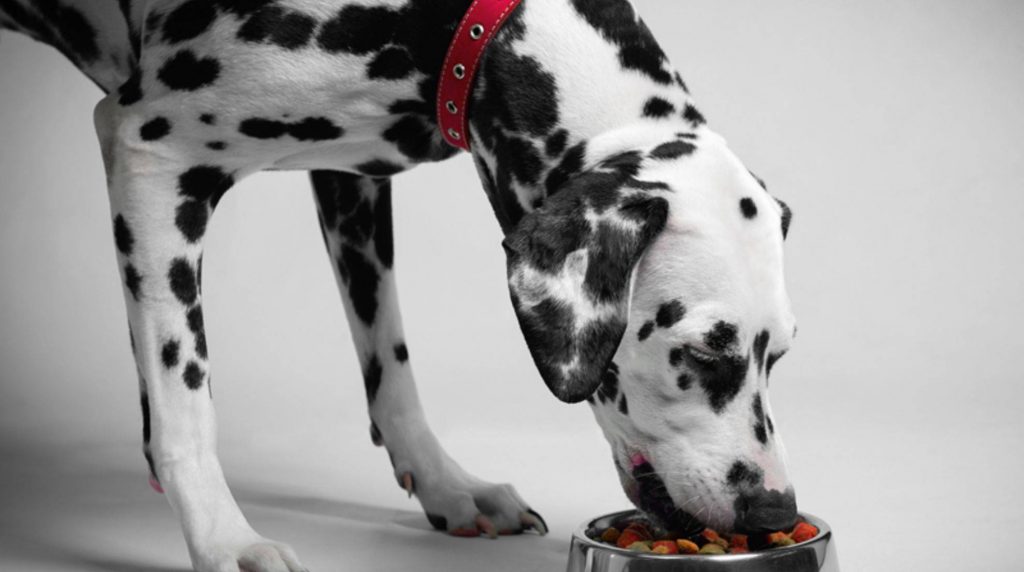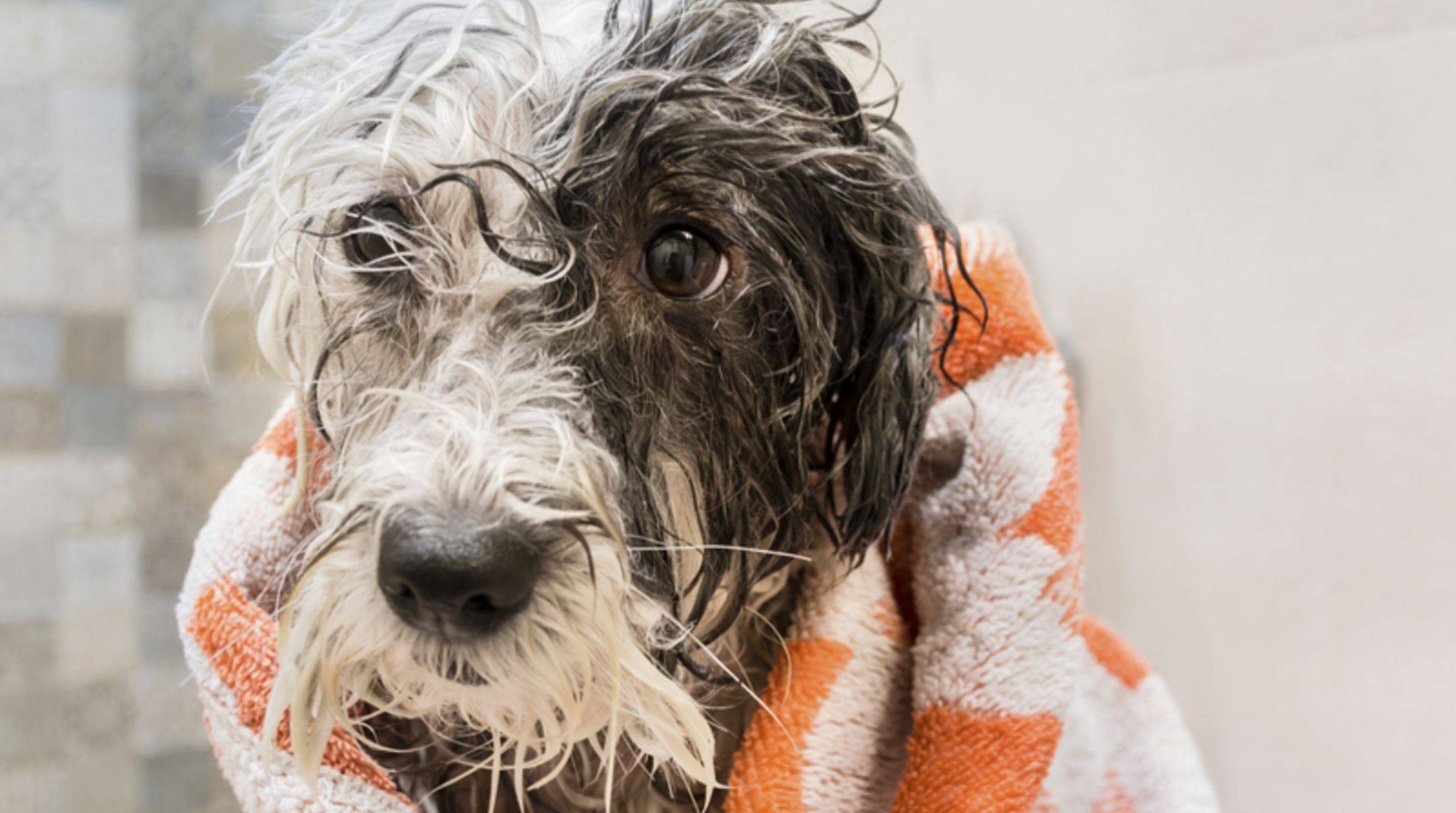Dry food or wet food for dogs: which is better?
Opinions differ on the question of whether dry or wet dog food is healthier. Even experts do not always agree. In addition, it always depends on the respective dog, which type of food tastes better and gets him better. Here are a few tips to help you find your way through the dog food jungle.
Some dog owners swear by dry food because it is so convenient, other dog owners prefer wet food because their four-legged friend can cover his liquid needs better. But who is right? Which is better for the dogs?
Advantages of dry food for dogs
A significant advantage of dry food for dogs is the longer shelf life. Due to the low water content, the kibbles and cookies do not go bad so quickly and can be stored better. Moreover, they make less dirt if the woof times spills when eating. If you go on vacation with your dog or take him on a long trip, dry food is much easier to take with you. Furthermore, your furry mutt will need smaller portions of kibble than of meat pieces in gravy and patties. In the long run, this is more cost effective and is better for the environment as there is less packaging material.
Wet food also has advantages
Wet food usually tastes better to dogs than dry food because the water content releases more flavoring. It is also easier for dogs to meet their water requirements if they already take in liquid with their food. Four-legged friends with big appetites often find it easier to maintain their weight with wet food, as they can eat larger portions without exceeding their calorie requirements. The soft cuts of meat are better accepted by dogs with gingivitis or toothaches because they are easier to chew. A common point of contention when it comes to dog food is what is better for the teeth. Some say dry food helps clean teeth because of its hard consistency; others argue dry food sticks to teeth when chewed and could actually promote dental problems. It is also said that wet dog food is easier to tolerate for digestive problems and food allergies. However, neither the one nor the other has been clearly refuted or confirmed scientifically so far.
There is nothing wrong with combining dry and wet dog food. However, in order not to upset the digestion, you should not mix both types of food at the same time, but feed at different times. However, once you have found a diet that your dog likes and feels good on, feel free to stick with it. It is a possibility, but not a compulsion, to provide for variety by dry and wet dog food.
If your four-legged friend suffers from a food intolerance or allergy, or needs a special diet due to digestive problems or chronic illness, talk to your vet. He can prescribe special food for the sick woof and give you tips for gentle diet or hypoallergenic food. In general, good dog food – whether dry or wet – should have a high meat content and contain high-quality fats and oils. Salmon oil is usually well tolerated by dogs; if there is only blanket mention of “fats” or “vegetable oil” on the label, it is better to stay away from this food. A little grain or pseudo-grain is fine, with amaranth, buckwheat, millet and rice usually being the least problematic.








